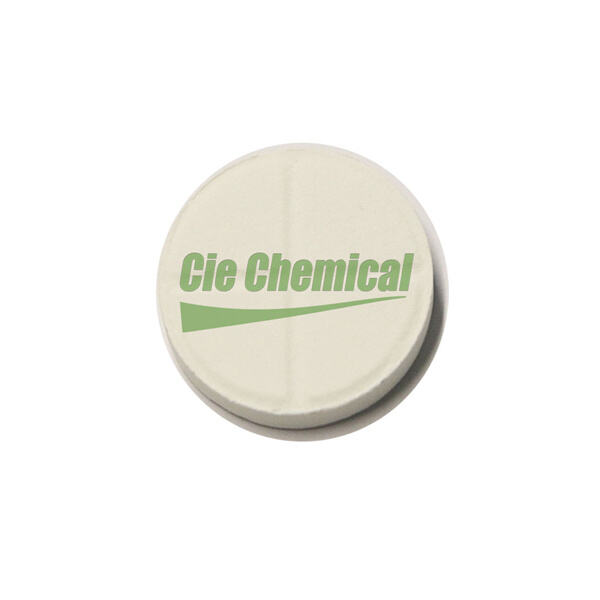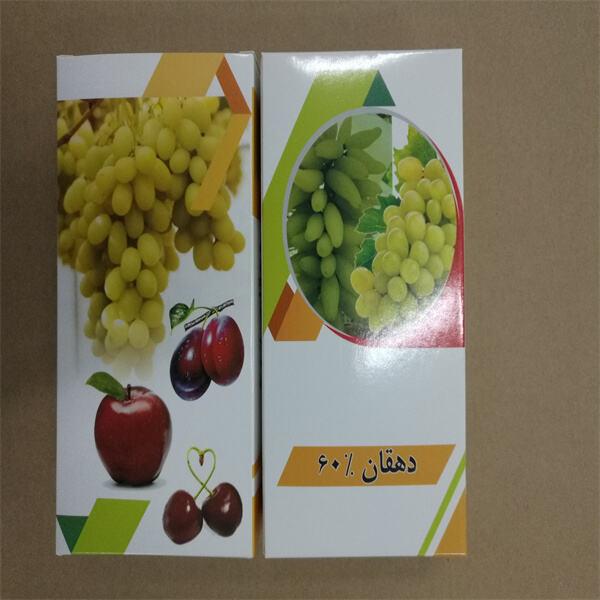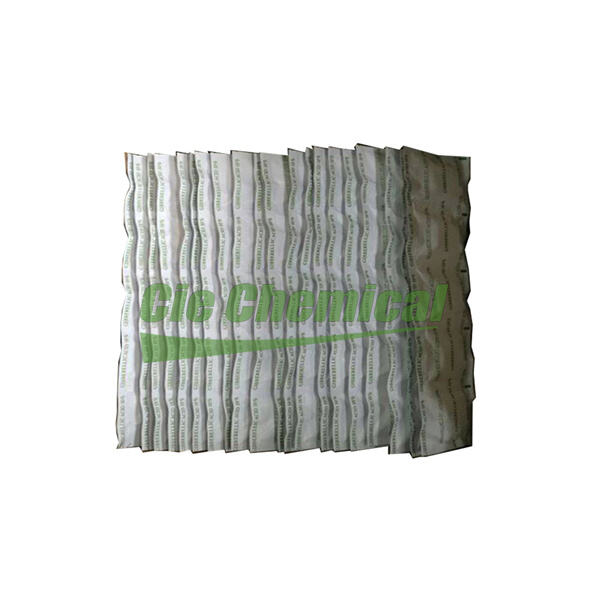Plants are amazing living organisms that can be found growing and flourishing near you. Water, sunlight and soil nutrients help them grow big and strong. But there is something known as gibberellic acid that can help plants grow even better. Let’s find out how gibberellic acid can help them feed the world better.
Gibberellic acid is a unique plant hormone that makes plants grow taller and produce more leaves. It does so by helping plant cells to elongate, which is how the plant reaches for the sky. Plants with enough gibberellic acid grow faster and better, Earth’s Friends explains, which makes them healthier and more equipped to fight off diseases.

Farmers are able to use gibberellic acid to assist their crops in growing better and yielding more food. Farmers can use gibberellic acid to improve the size and quality of a crop, by spraying it on plants like corn, wheat and rice. That adds up to more food for people to eat — and more money for farmers. Gibberellic acid theoretically helps farmers produce more food in less time, and feeding everyone is important.

Plants produce gibberellic acid on their own to regulate growth and development. It allows plants to perceive their environment. Without enough gibberellic acid, plants have a hard time growing and may not produce as many fruits and flowers. By understanding how gibberellic acid functions, scientists and farmers can harness it to make plants grow better and produce more food.

Gibberellic acid is critical for aiding plants in flower and fruit production. Farmers can use gibberellic acid on plants such as tomatoes, strawberries and apples to help the plants produce more flowers and fruits. This is crucial for developing delicious and healthy fruits that people enjoy eating. Gibberellic acid can also be used to help fruits ripen early so they can be harvested sooner.